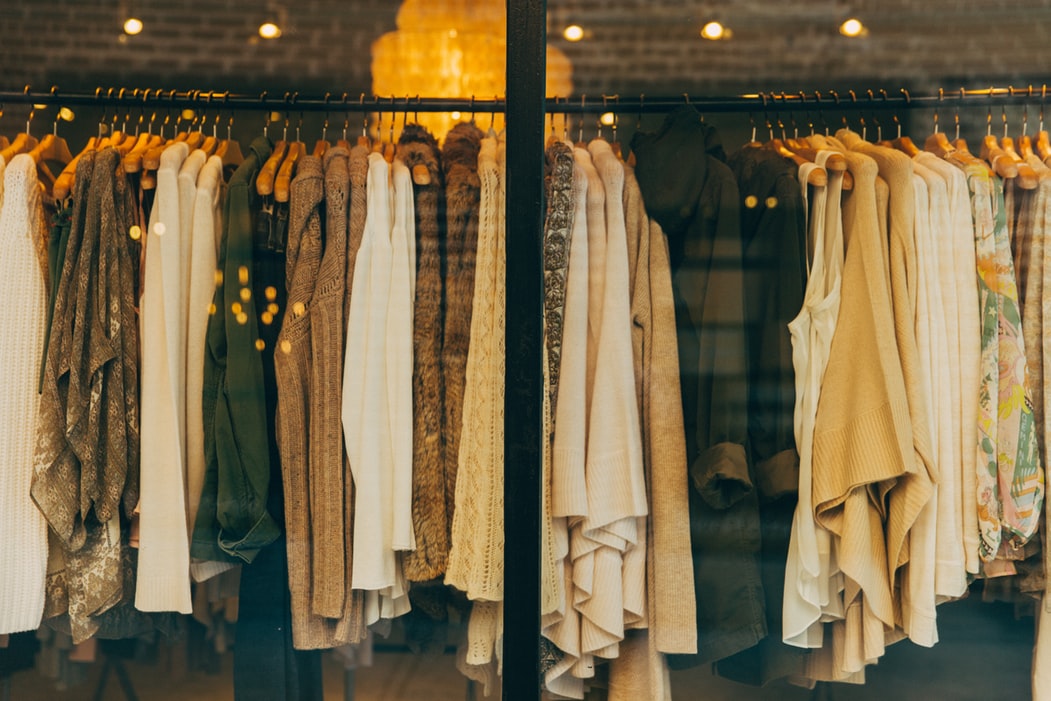Top Ways Fashion is Becoming More Sustainable

As consumers are becoming increasingly astute to the sometimes-dark underbelly of fashion, many retailers and manufacturers are turning to more sustainable approaches to clothing, shoes and accessories. While it is still early days in the fashion world’s attempts to lower its carbon footprint and impact on the world, it’s clear that the industry is striving for sustainability. This article explores the top ways that we have seen fashion become more sustainable in recent years.
Higher quality and longer-lasting goods
Recent years have seen the public become more aware of the unethical practices used by their favourite fashion brands and stores, and the term ‘fast fashion’ has become increasingly commonplace. As the idea of buying into trends with masses of clothes made to a low quality is falling out of favour, more retailers are beginning to prioritise the durability of their goods.
This appeals more to the idea of buying better quality, wardrobe staples, that will last you well into the future. Many buyers have made the decision to spend more on quality goods, rather than buying the cheaper garments that are unethically manufactured and not likely to last long. Expect to see more ‘timeless’ pieces from brands and a dwindling of the less sustainable, one-off trends.
Innovative materials
Images have shown us the many huge landfills filled with non-biodegradable goods, causing pollution and affecting surrounding wildlife across Earth – and ‘fast fashion’ has been a key contributor to this. Consequently, consumers have begun to scrutinise materials that are not biodegradable, looking elsewhere for products that are more sustainable for the environment. Therefore, retailers have begun to incorporate more sustainable materials into their products, and many are experimenting with recycled materials.
Some brands simply re-brand vintage clothes, while others re-design pre-worn materials, or forge entirely new products out of waste materials. One example is sportswear brand Adidas producing a shoe that is made entirely out of plastic fished from our oceans. These brands are rising in status and many are some of the most exclusive names in fashion, and it is likely to be an increasingly popular trend moving forward.
The end of conflict in jewellery
Jewellery, especially diamonds, have a dark history of conflict and bloodshed. The term ‘blood diamond’ refers to the diamonds that have been sold illegally to finance violence, wars and terrorism. However, recent decades have seen the public become increasingly aware of the violent associations of diamonds, and it is becoming mainstream to seek out diamonds free of conflict.
The Kimberley Process Certification Scheme was established in 2003, ensuring diamonds are transported across borders securely, and conflict-free diamonds come with an authenticated certificate. Since 2003, the Kimberley Process has claimed to have reduced the global production of conflict diamonds by 99.8%. Aside from conflict-free natural diamonds, man-made diamonds have become more popular due to their effortlessly conflict-free nature and much lower carbon footprint than the natural alternative.
Ethical brands
More than ever, people are looking to make shopping decisions that reflect their personal opinions and values. This has led more brands to take strides that help them appear more ethical and giving something back to the society and environment. This often begins by using ethically sourced and sustainable materials, and manufacturing garments in conditions that are safe and fair for workers.
However, many organisations and brands are going a step further by making efforts to support charitable causes. One example is Toms, a brand that gives one pair of shoes to a child in need for every pair that they sell. Furthermore, The Greener Diamond creates low-emission, man-made diamonds to produce profits to support mining communities – freeing innocent children that have been caught up in diamond conflicts, and providing alternative career paths for the children who live in mining areas.
Akshay Sharma
Latest posts by Akshay Sharma (see all)
- Best Single Door Fridge Models Of 2025 Features, Energy Ratings & Price Guide - December 22, 2025
- 5 Critical Things You Must Know for Professional Custom Badge Quality: An Expert’s Guide - November 3, 2025
- Are You Using a Loan Calculator for Second Hand Car Rightly? - October 13, 2025
- Round Steel Tanks: Long-Term Solutions for Water Storage - September 19, 2025
- Embrace the Culture: Syna World Hoodie and Syna World Tracksuit UK - September 13, 2025
